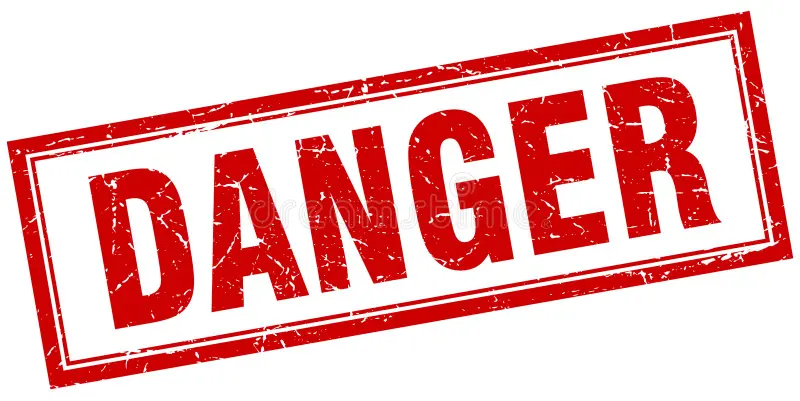Dangers of plumbing: see no evil, know no evil
By Eamonn Ryan, based on a presentation by Herman Strauss, head of the PIRB’s audit department
There are four main risks from plumbing when a job is not done according to the relevant SANS standard and by a qualified plumber. These are risks that can potentially result in deaths:
- Legionnaires’ disease
- Scalding
- Geyser Explosions
- Drain Emission
This article explores the fourth of these:
Drain Emission
Drain emissions are one of those things that people don’t see – and because they don’t see them they don’t know they’re there. Nonetheless, the danger is real.
Before Covid, the best known example of this phenomenon was the Severe Acute Respiratory Syndrome (SARS) virus. The epicentre of the SARS outbreak in March 2003 was at a building called Amoy Gardens, which rapidly spread to become a worldwide outbreak affecting 8 098 people of whom 774 died.
When traced back to Amoy Gardens it was identified as being a sewerage malfunction. It involved a single person with a virus using the toilet, and the air borne pathogens were carried through a window where someone else inhaled it. Thereafter, it spread to thousands, literally because of one malfunctioning dry floor drain. This had a T-trap to prevent sewerage lines being in contact with the building on its way to the municipal waste disposal line. Shaped like the letter T, the T-trap does the same thing as the P-trap, only a little better. The T-trap has an access hole and a removable, replaceable filter. Nothing can get past this improved trap, virtually eliminating clogs down the line. While water can flow through, no gases can.
SARS spread because one of those traps in the floor drain didn’t have water within to block the gases – the water had either been lost or dried out. The gases were therefore able to push back from the sewerage system into the building thereby spreading the virus and in time contaminated everything.
What is flushed down a toilet needs to flush all the way to the municipal waste plant, yet there’s joining pipelines all the way from that one toilet to the waste plant – and gases could flow up any of these pipes, meaning that one sick person could affect everyone connected to that line – unless all are blocked by a T- or P-trap.
How this works:
- Food is chewed and mixed with saliva in the mouth
- Stomach acid dissolves the solids further
- The pancreas, gall bladder and liver secretes enzymes to the small intestine where it helps to break down food and to absorb nutrients.
- The waste enters the large intestine, where bacteria breaks it down to waste
What is in this waste?
Many different types of life forms, with dramatically different sizes and characteristics:
- Bacteria
- Archaea
- Fungi
- Protists
- Viruses
- Microscopic animals
These are all to be found in the sewerage system enabling the virus to grow quite drastically. It can then push back all the way throughout the entire community. This means if one person has an illness and somebody else kilometres away doesn’t have a proper T-trap, then gases can push through into their house and infect that person.
Decomposing faeces release airborne gasses and pathogens, and its composition differs depending on the situation, food and health. The biggest factors contributing to how long faeces take to decompose are moisture and heat. It could take weeks or years.
This is an eventuality which is not likely to occur on a daily basis, but when it does it can be devastating. It consequently has to be managed to reduce the risk
The ultimate solution to drain emissions is that prevention is better than cure: plumbing design is critical for its prevention as is compliance to the standards


Clamping down on hygiene factors is a must.very important and couldn’t be stressed enough.
Definitely makes me extremely worried about backflow.